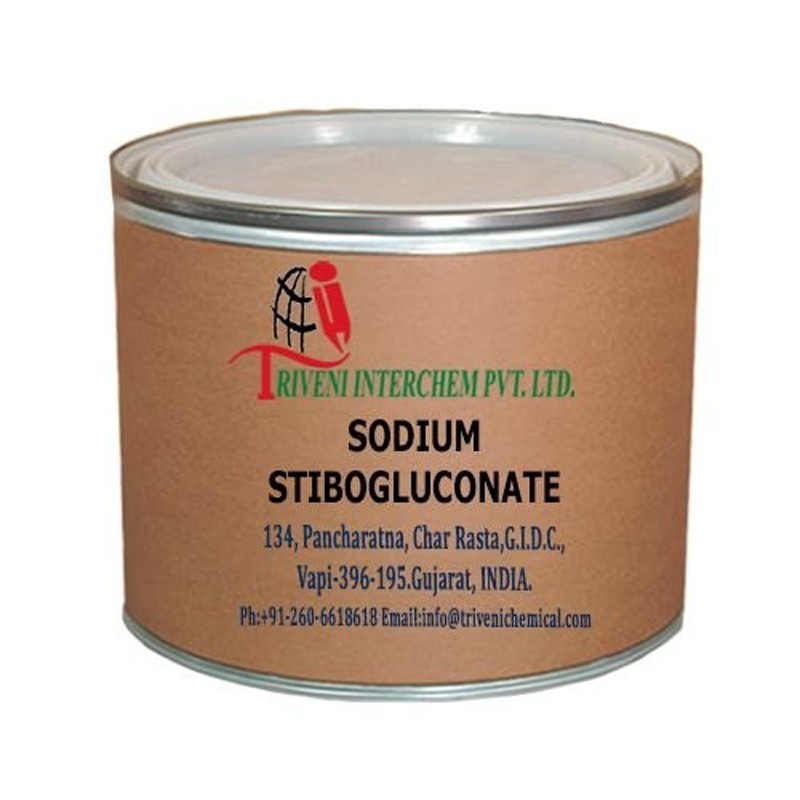Sodium stibogluconate, sold under the brand name Pentostam among others, is a medication used to treat leishmaniasis.[3] This includes leishmaniasis of the cutaneous, visceral, and mucosal types.[4] Some combination of miltefosine, paramycin and liposomal amphotericin B, however, may be recommended due to issues with resistance.[2][5] It is given by injection.[6]
Side effects are common and include loss of appetite, nausea, muscle pains, headache, and feeling tired.[2][5] Serious side effect may include an irregular heartbeat or pancreatitis.[5] Sodium stibogluconate is less safe than some other options during pregnancy.[2] It is not believed to result in any problems if used during breastfeeding.[7] Sodium stibogluconate is in the pentavalent antimonials class of medication.[5]
Sodium stibogluconate has been studied as early as 1937 and has been in medical use since the 1940s.[8][9] It is on the World Health Organization's List of Essential Medicines.[10] In the United States, it is available from the Centers for Disease Control.
Sodium stibogluconate is exceedingly toxic to veins. One of the practical problems is that after a few doses it can become exceedingly difficult to find a vein in which to inject the drug. The insertion of a peripherally inserted central catheter (PICC) does not prevent the problem and can instead exacerbate it: the entire vein along the course of the PICC line can become inflamed and thrombose. Large doses of sodium stibogluconate are often administered as dilute solutions.
Pancreatitis is a common deleterious effect of the drug, and the serum amylase or lipase should be monitored twice weekly; there is no need to stop treatment if the amylase remains less than four times the upper limit of normal; if the amylase rises above the cut-off, then treatment should be interrupted until the amylase falls to less than twice the upper limit of normal, whereupon treatment can be resumed. Cardiac conduction disturbances are less common, but electrocardiograph (ECG) monitoring while the medicine is injected is advisable and changes quickly reverse after the drug is stopped or the infusion rate is decreased.
The drug can be given intramuscularly but is exceedingly painful when given by this route. It can also be given intralesionally when treating cutaneous leishmaniasis (i.e., injected directly into the area of infected skin) and again, this is exceedingly painful and does not give results superior to intravenous administration.
Sodium stibogluconate can also cause a reduced appetite, metallic taste in mouth, nausea, vomiting, diarrhoea, headache, tiredness, joint pains, muscle aches, dizziness, and anaphylaxis.

Login To Comment